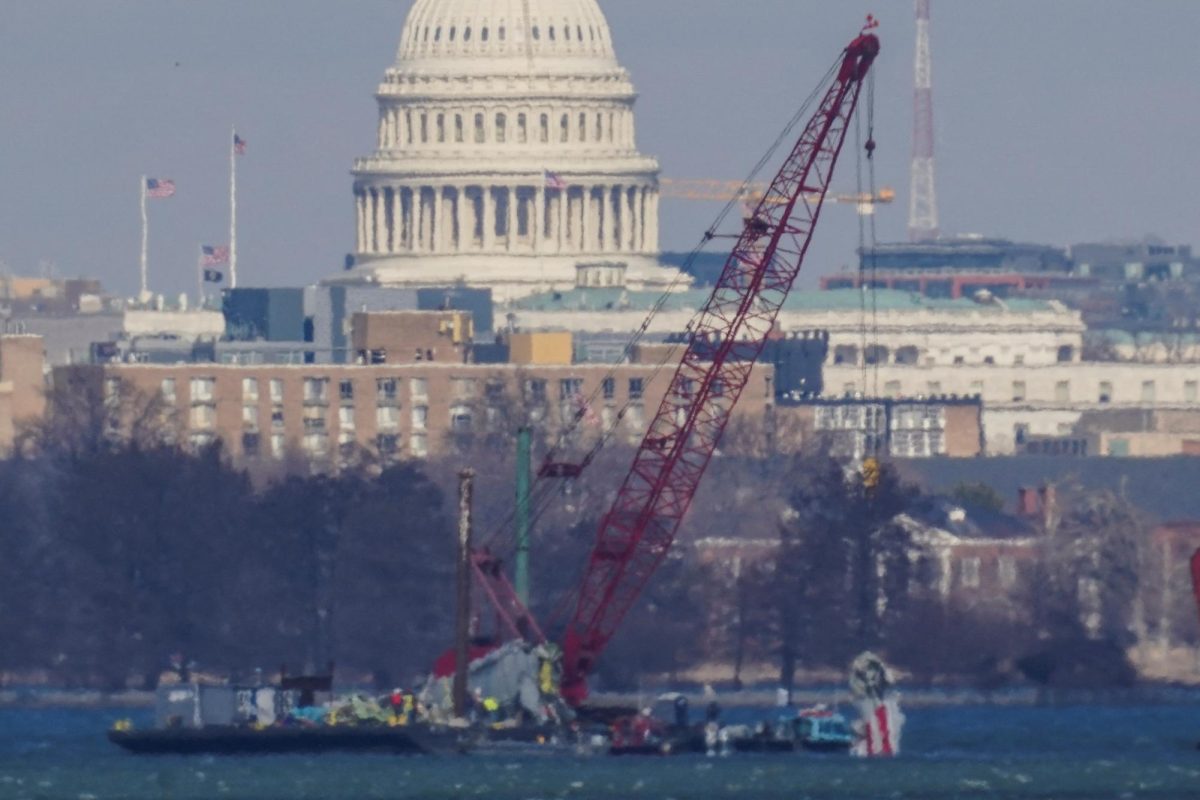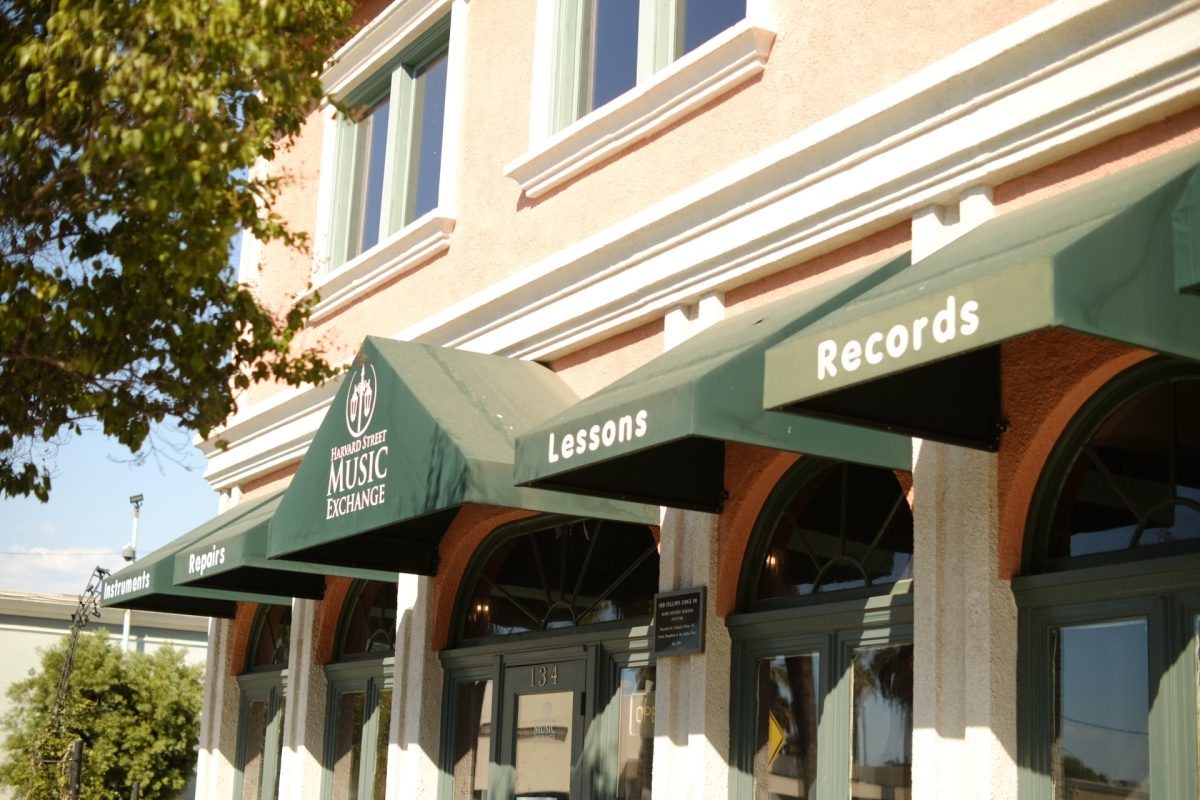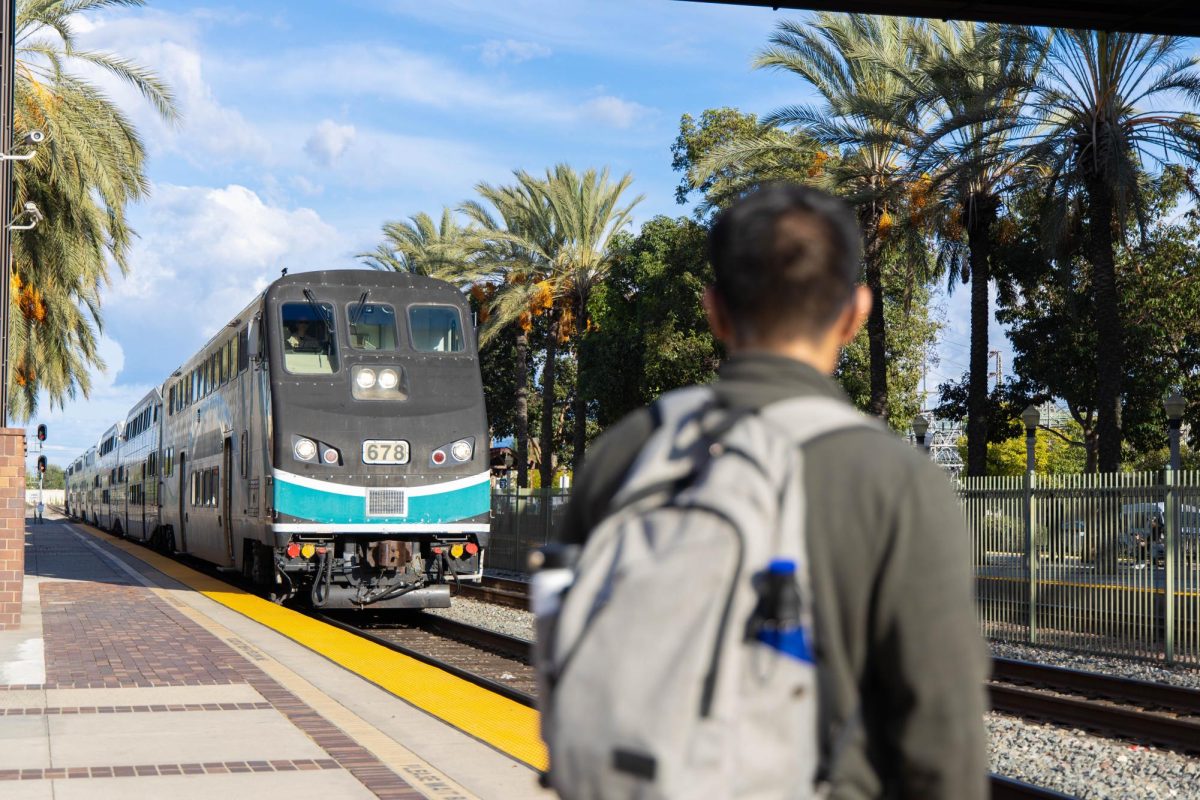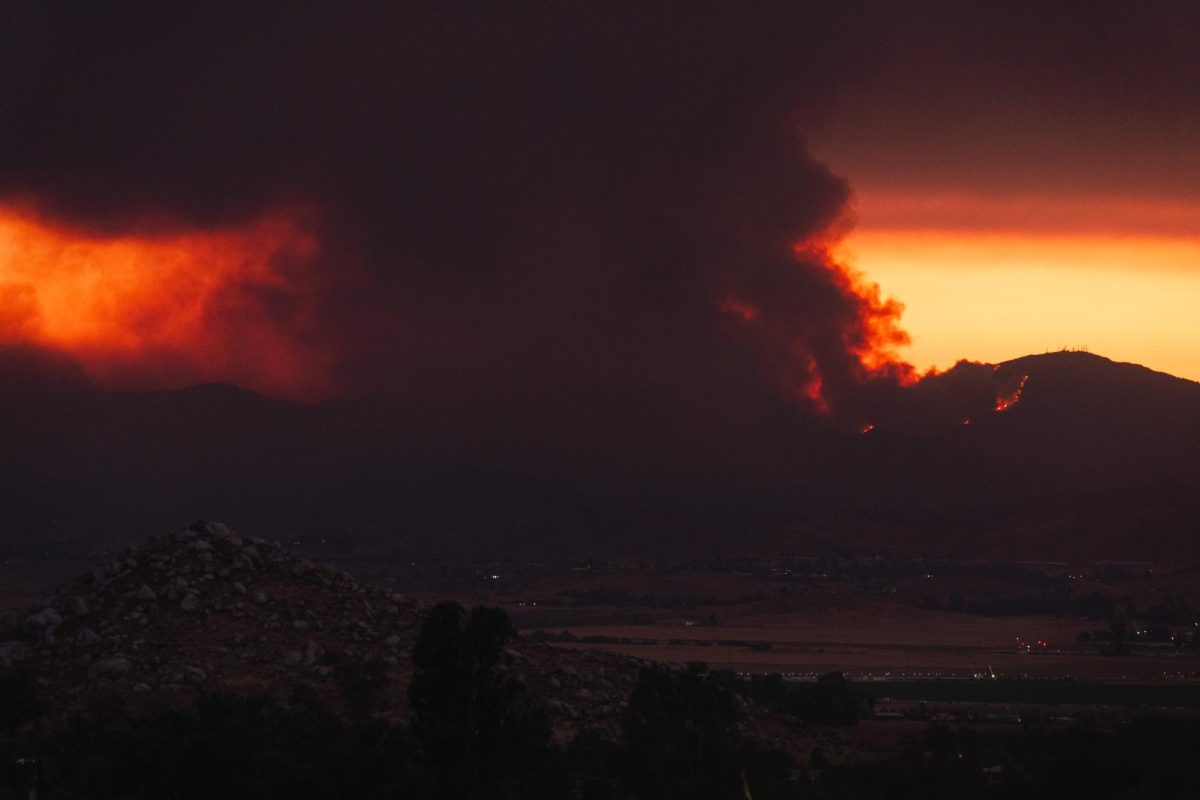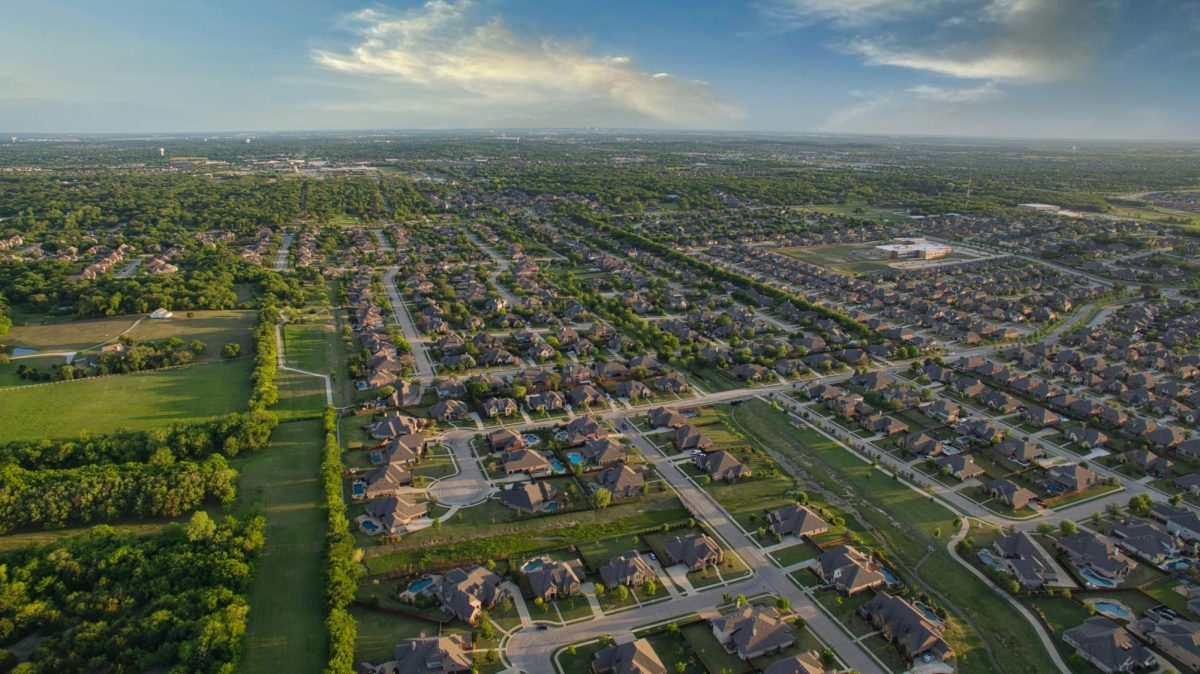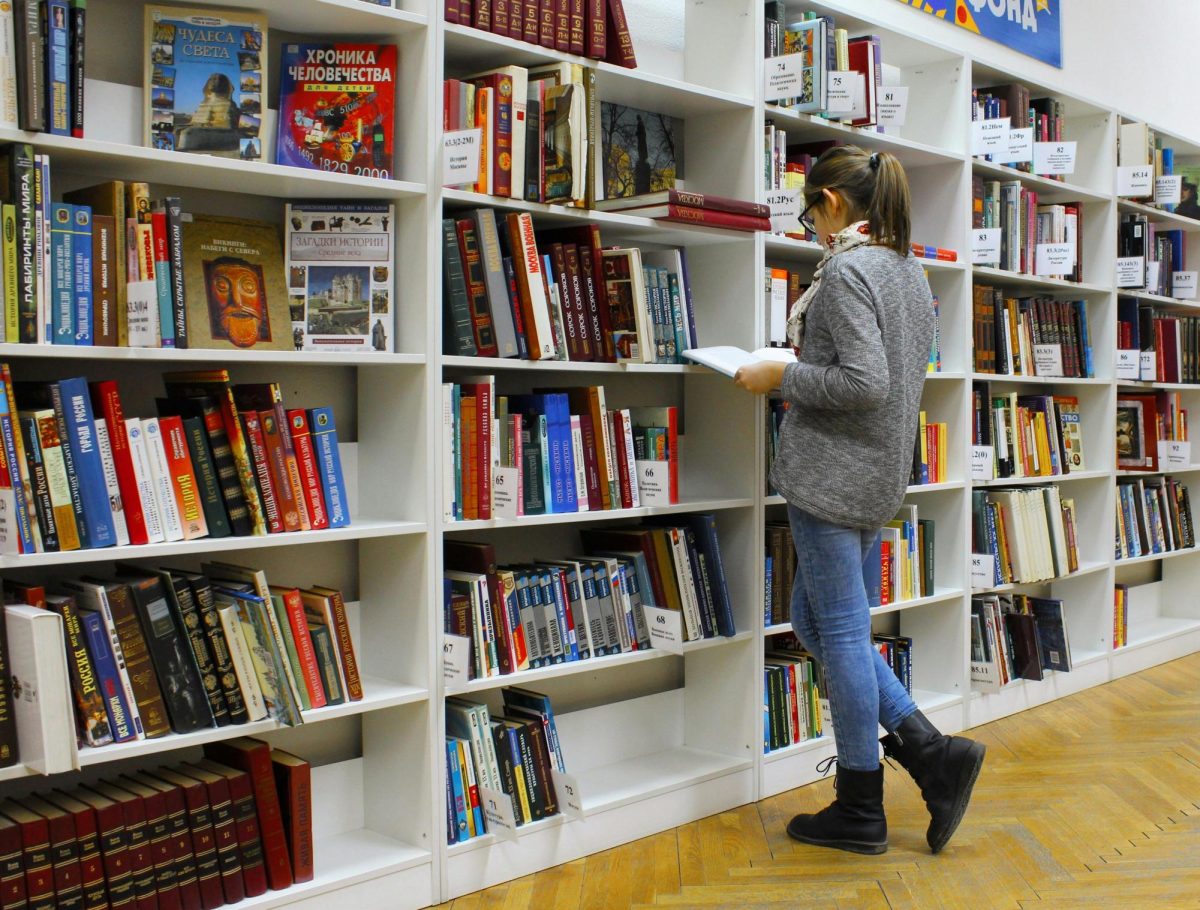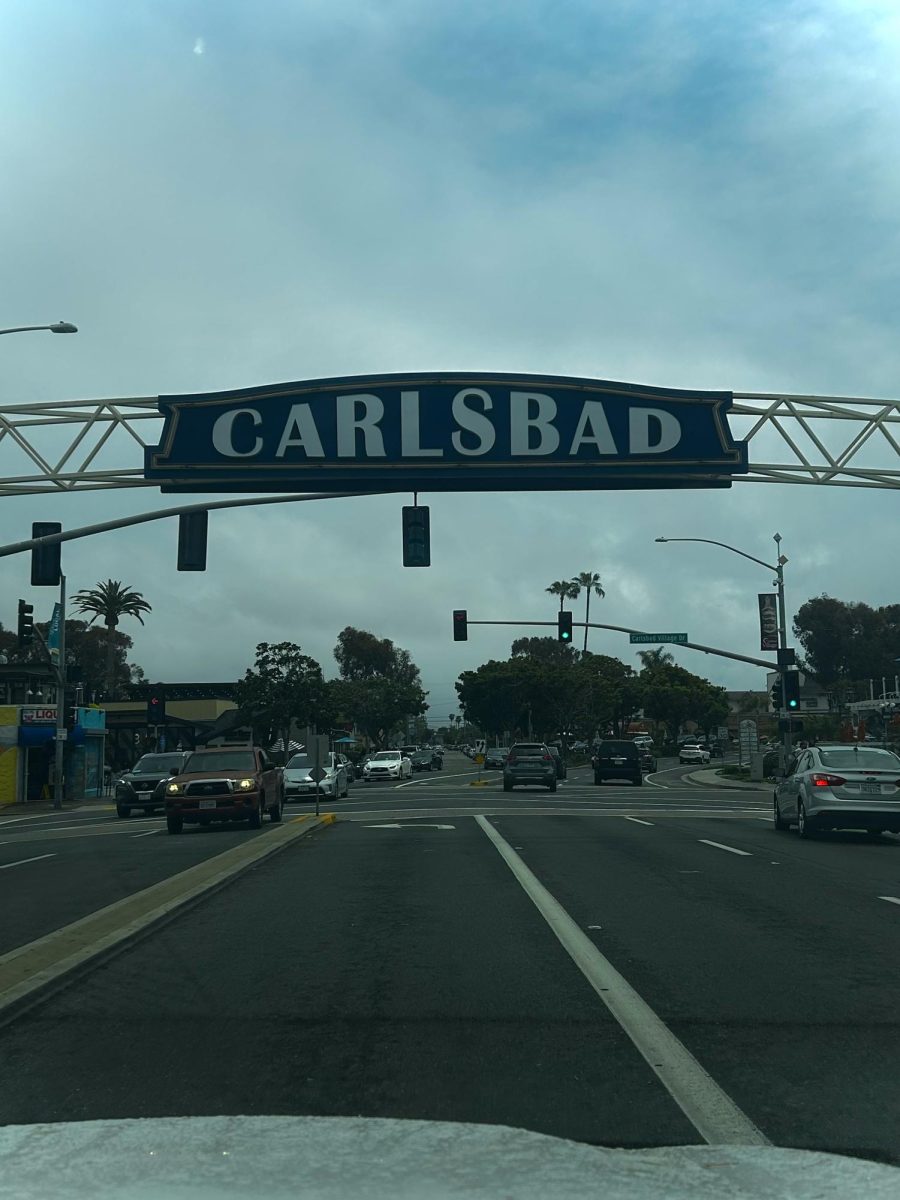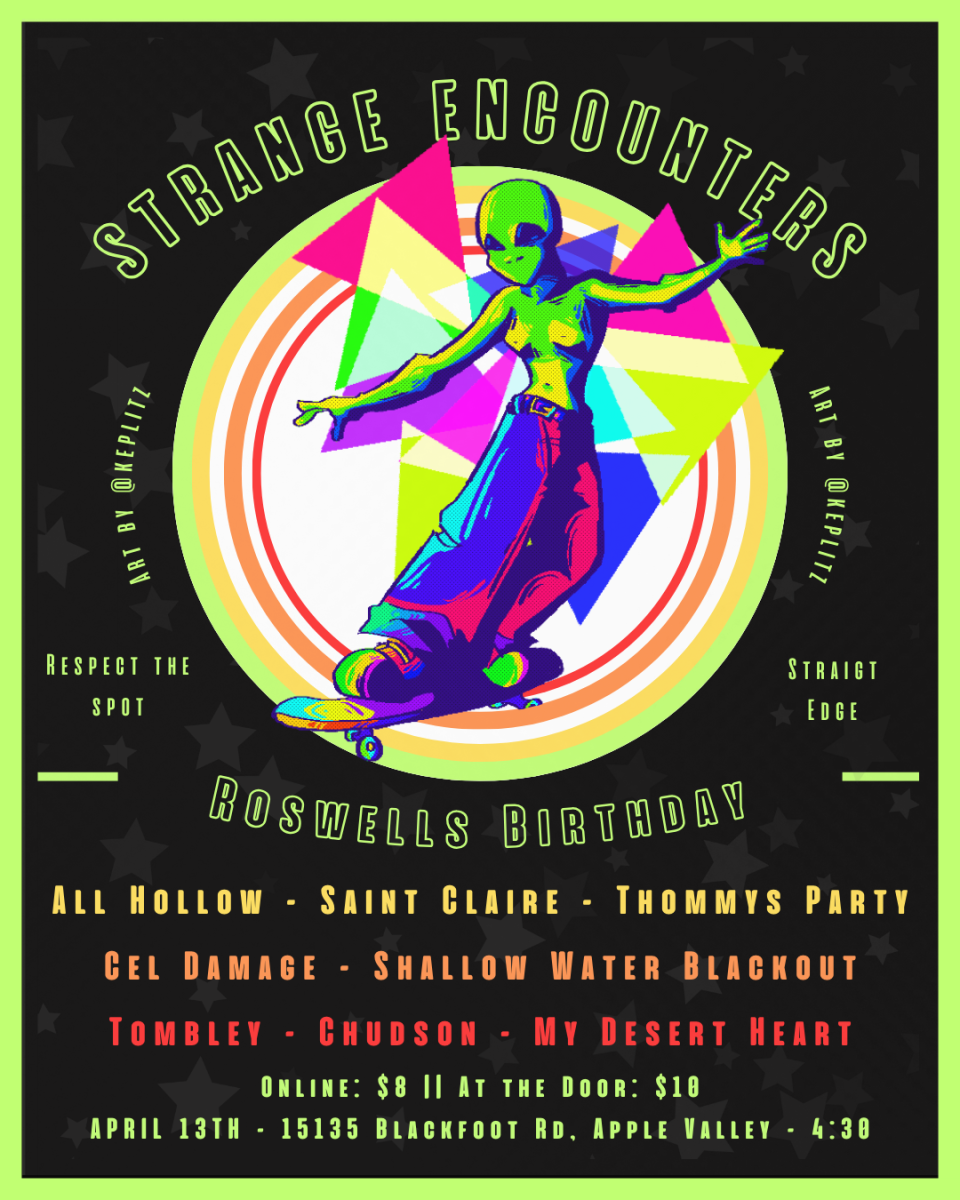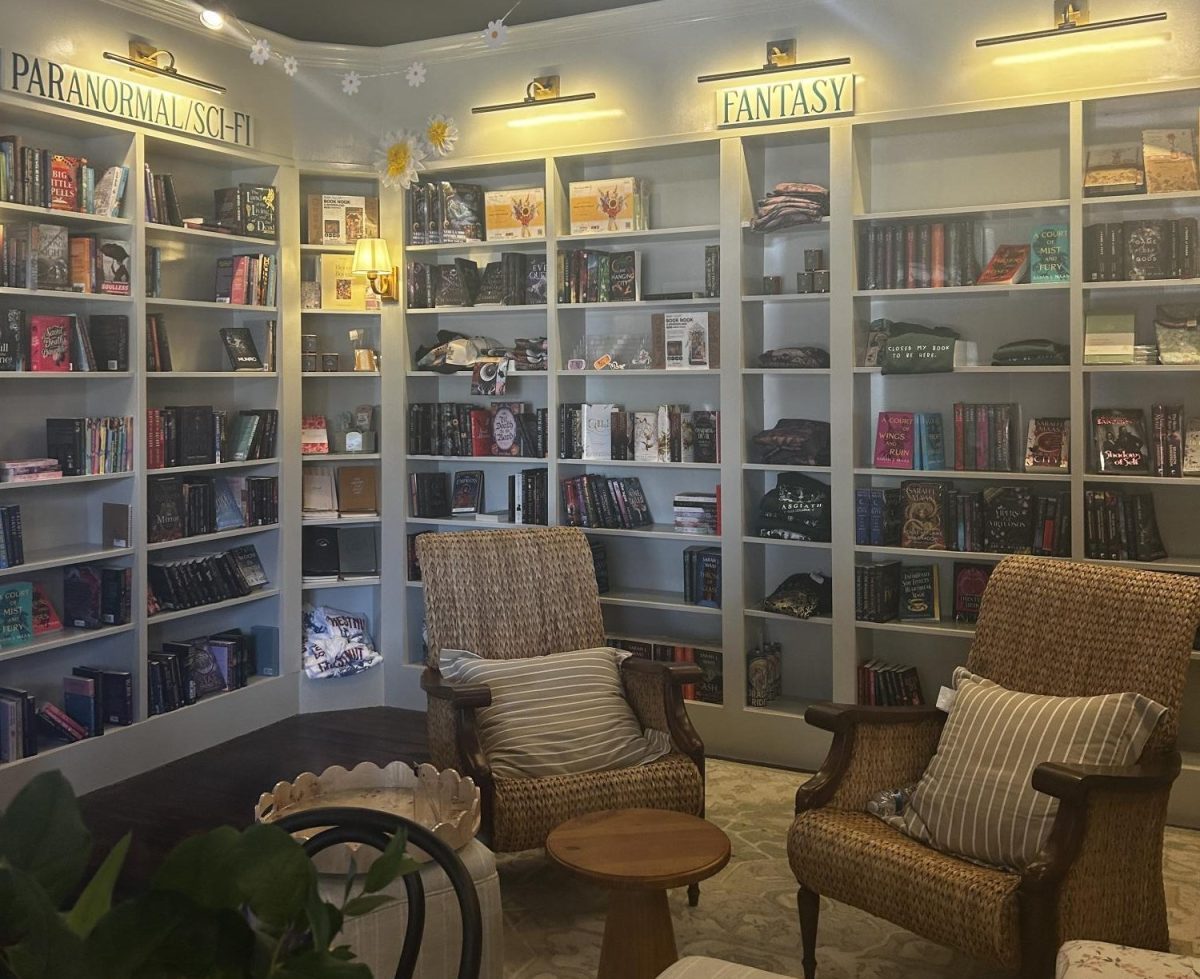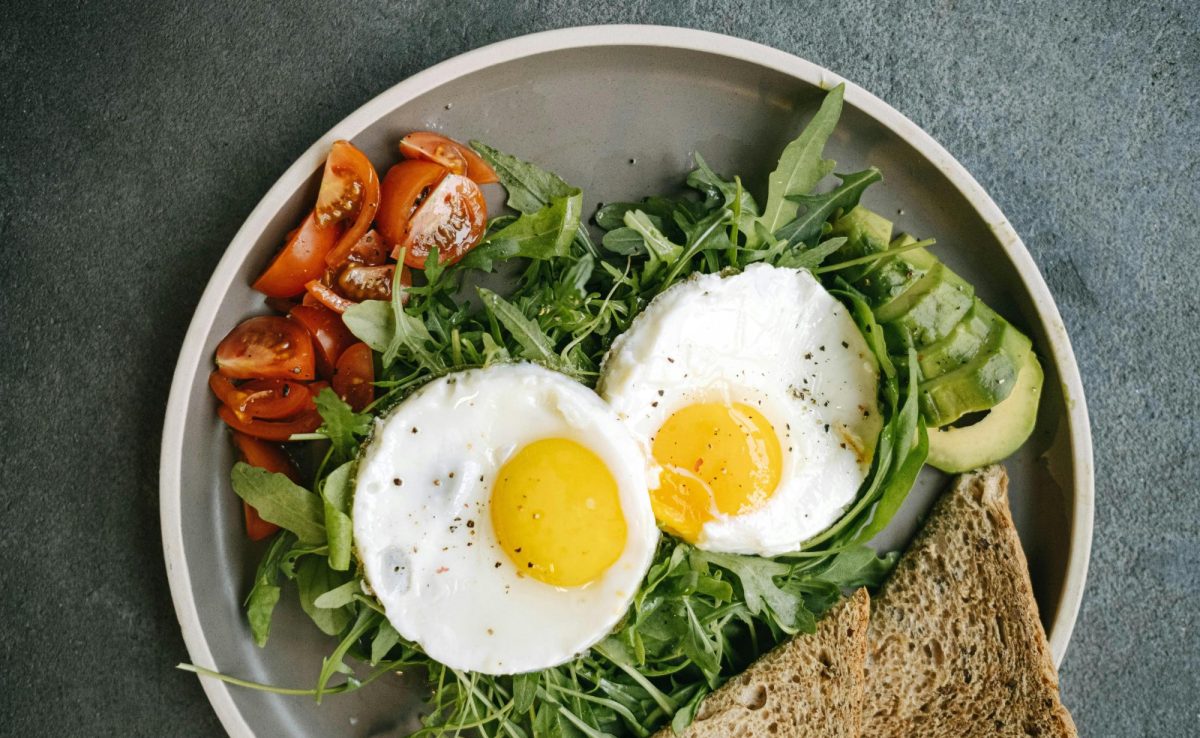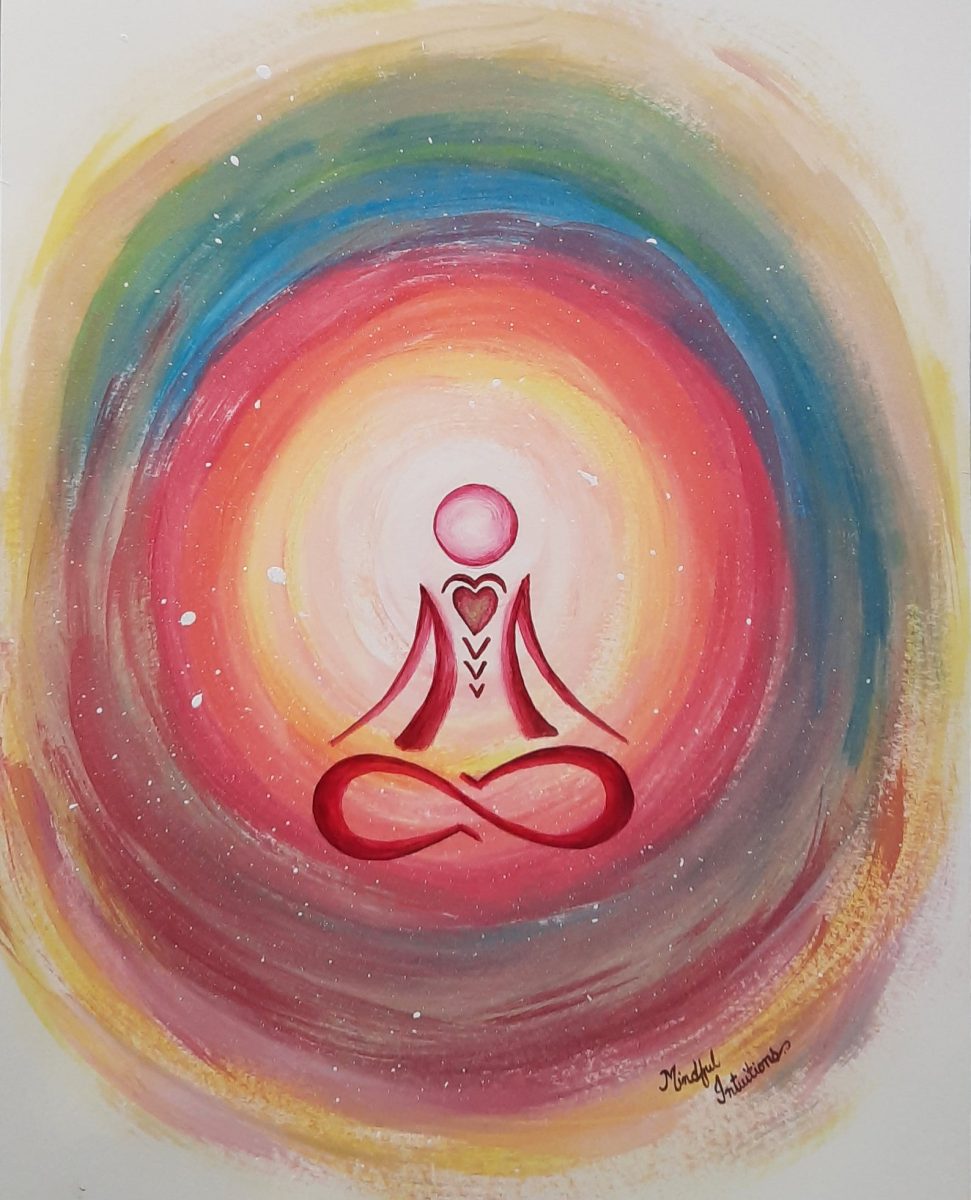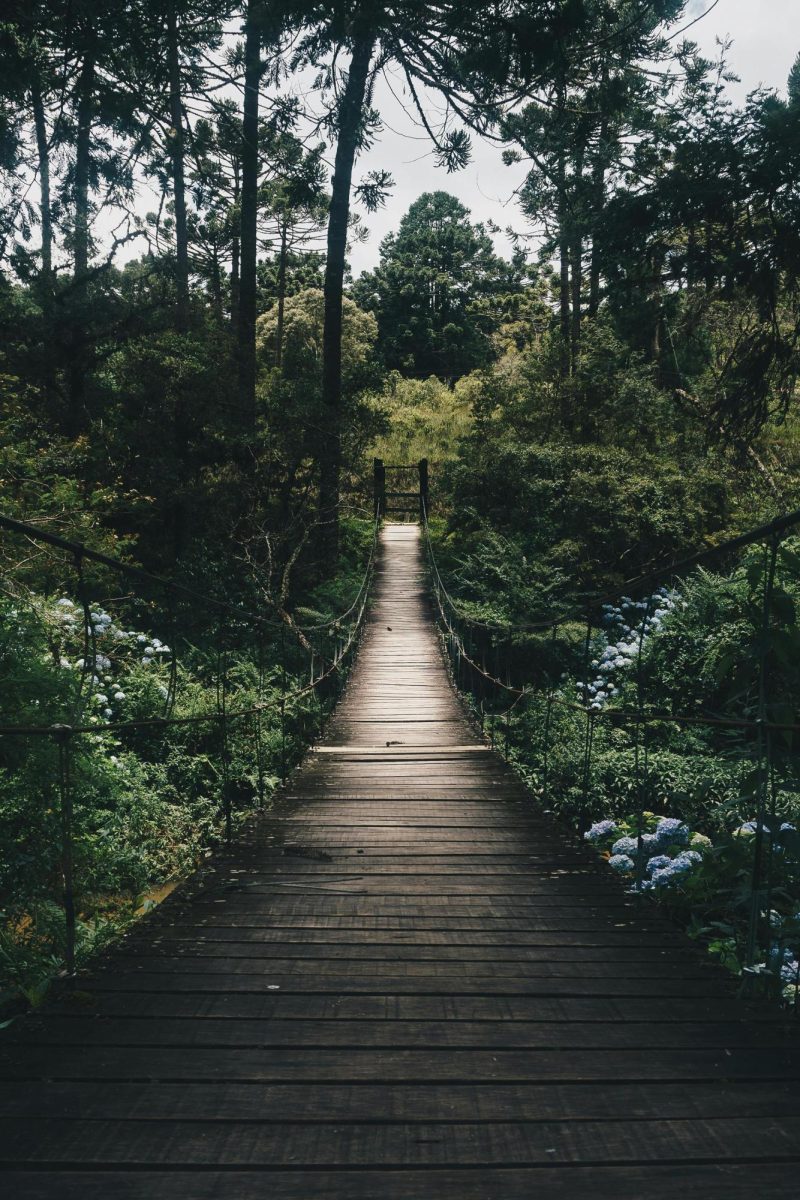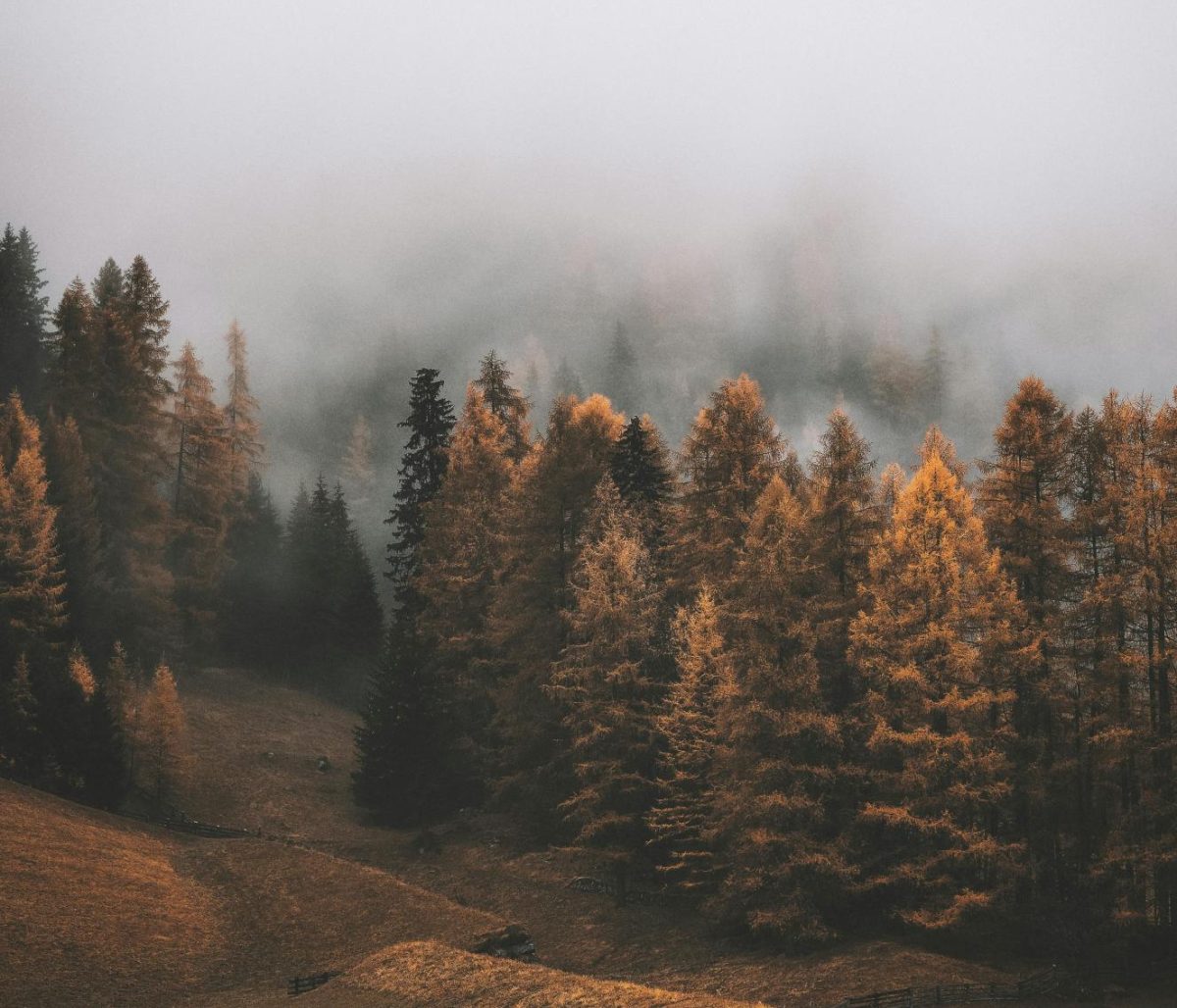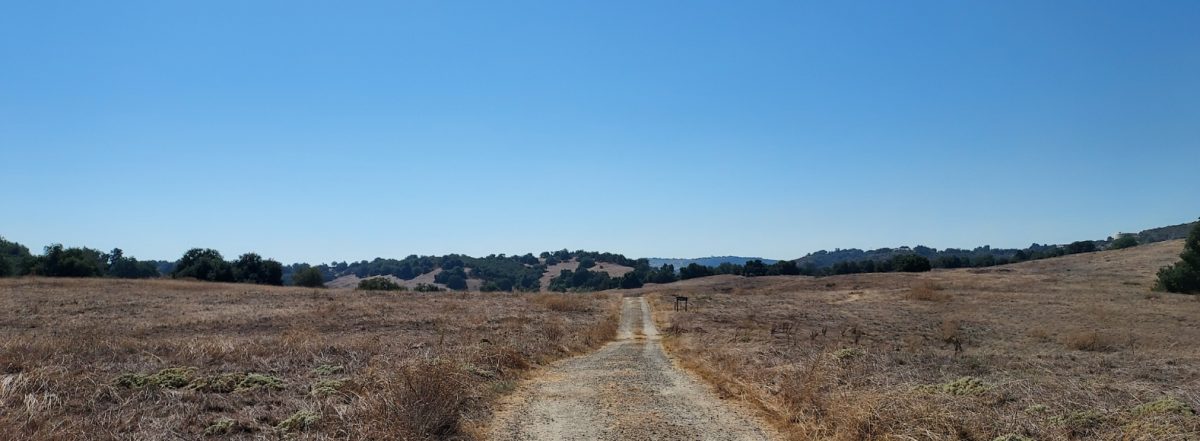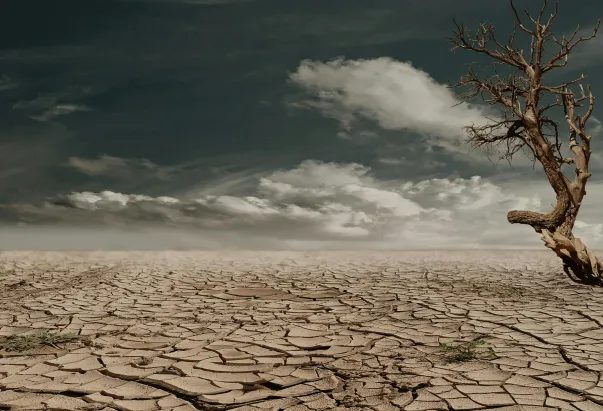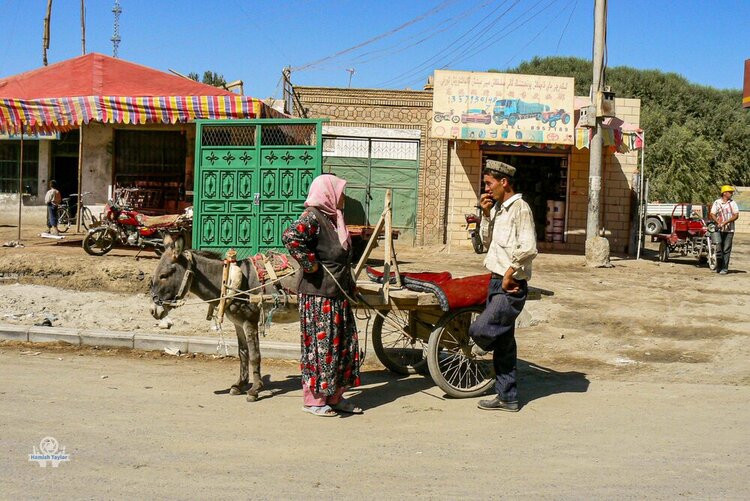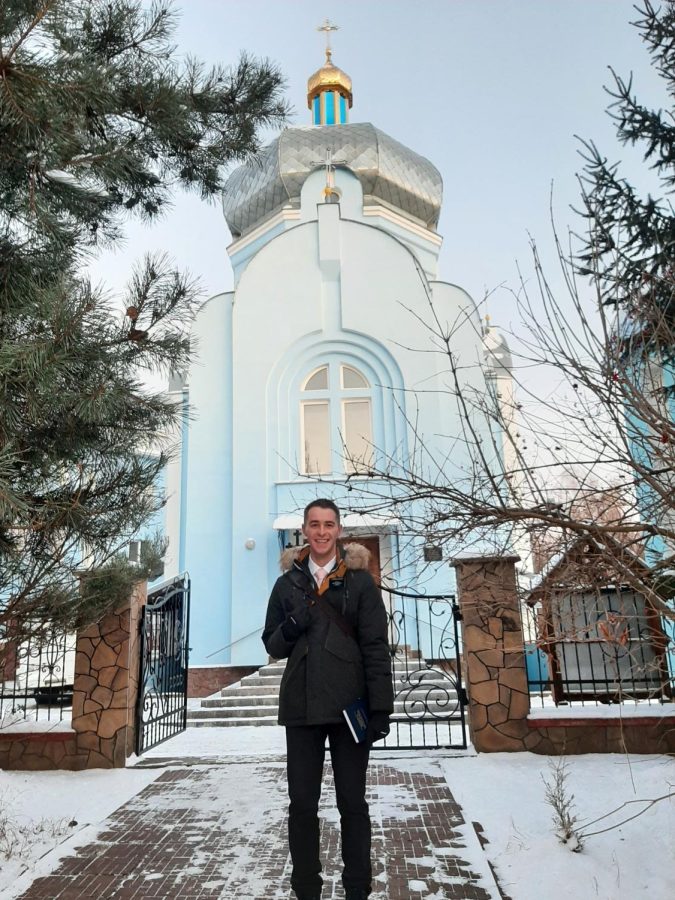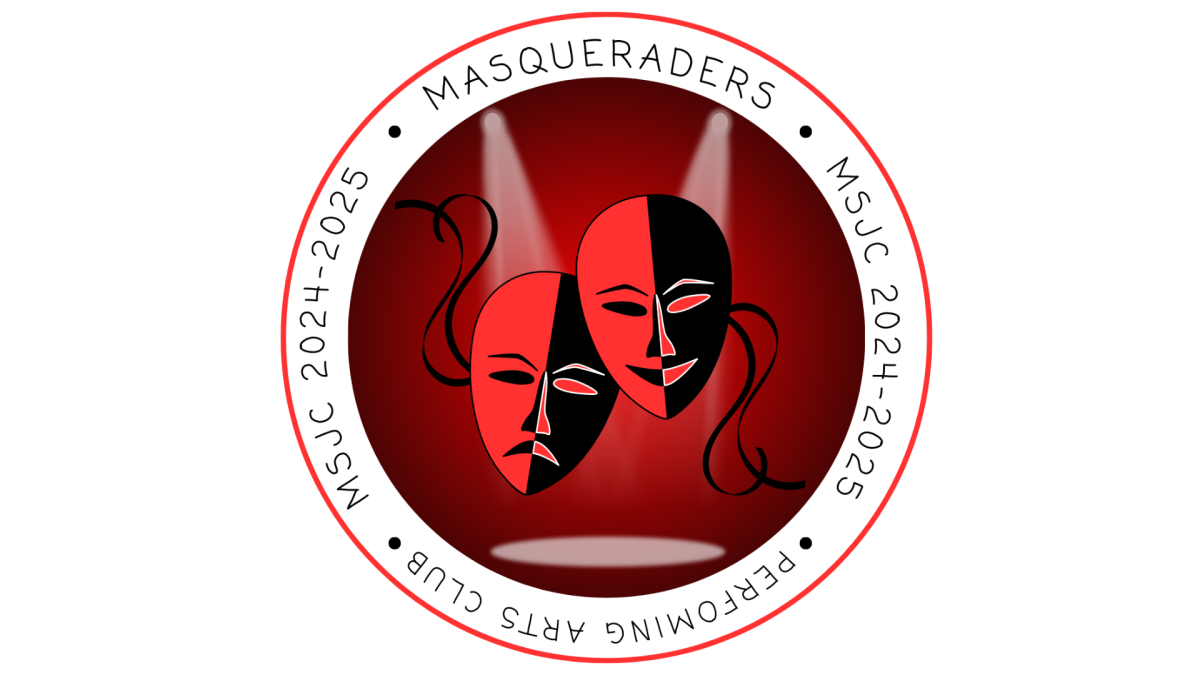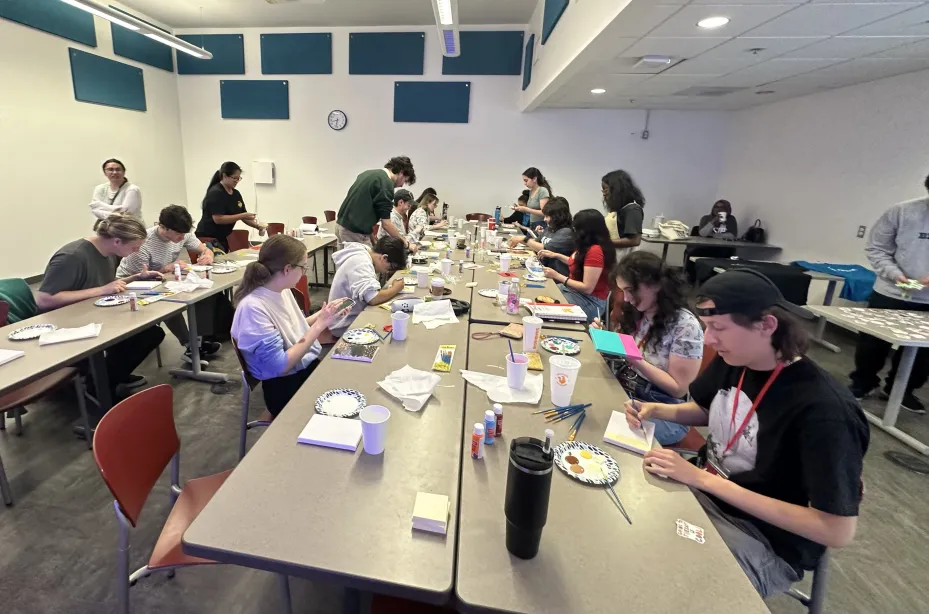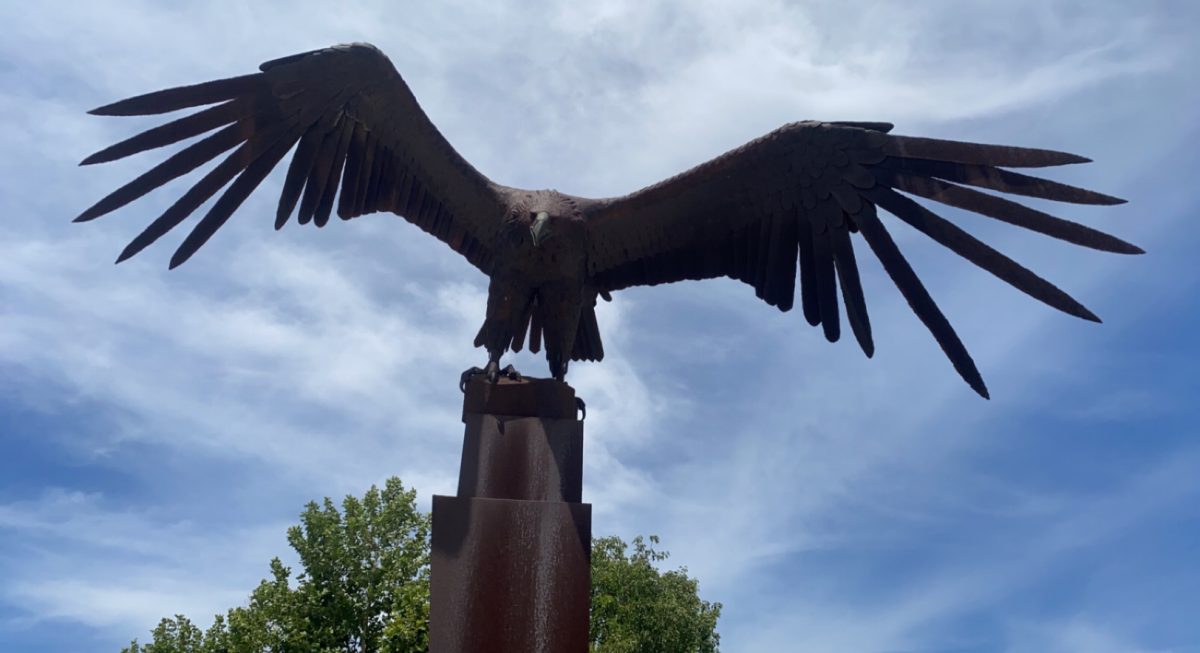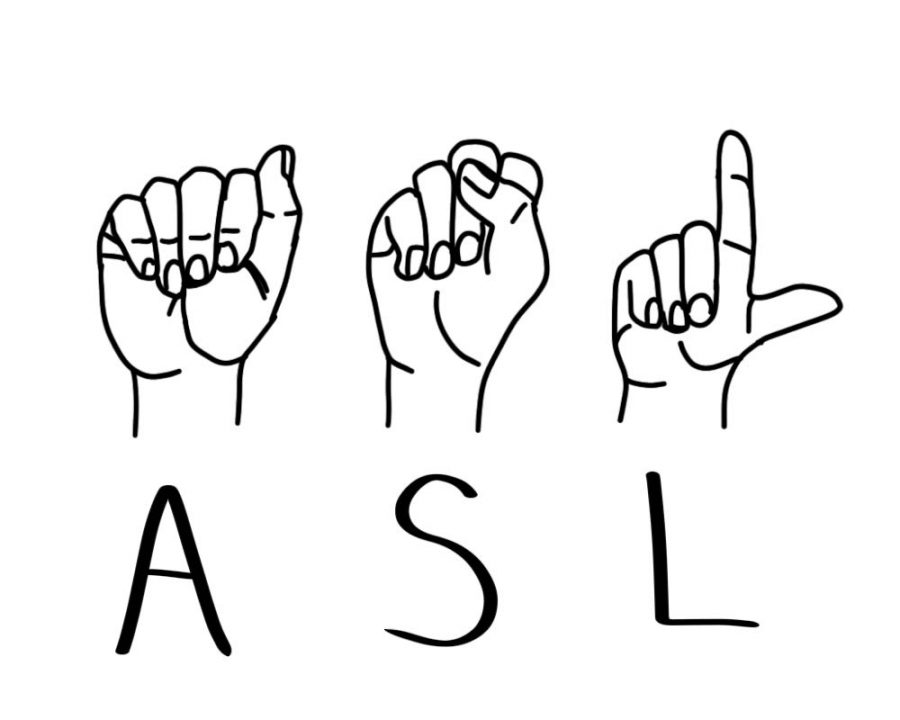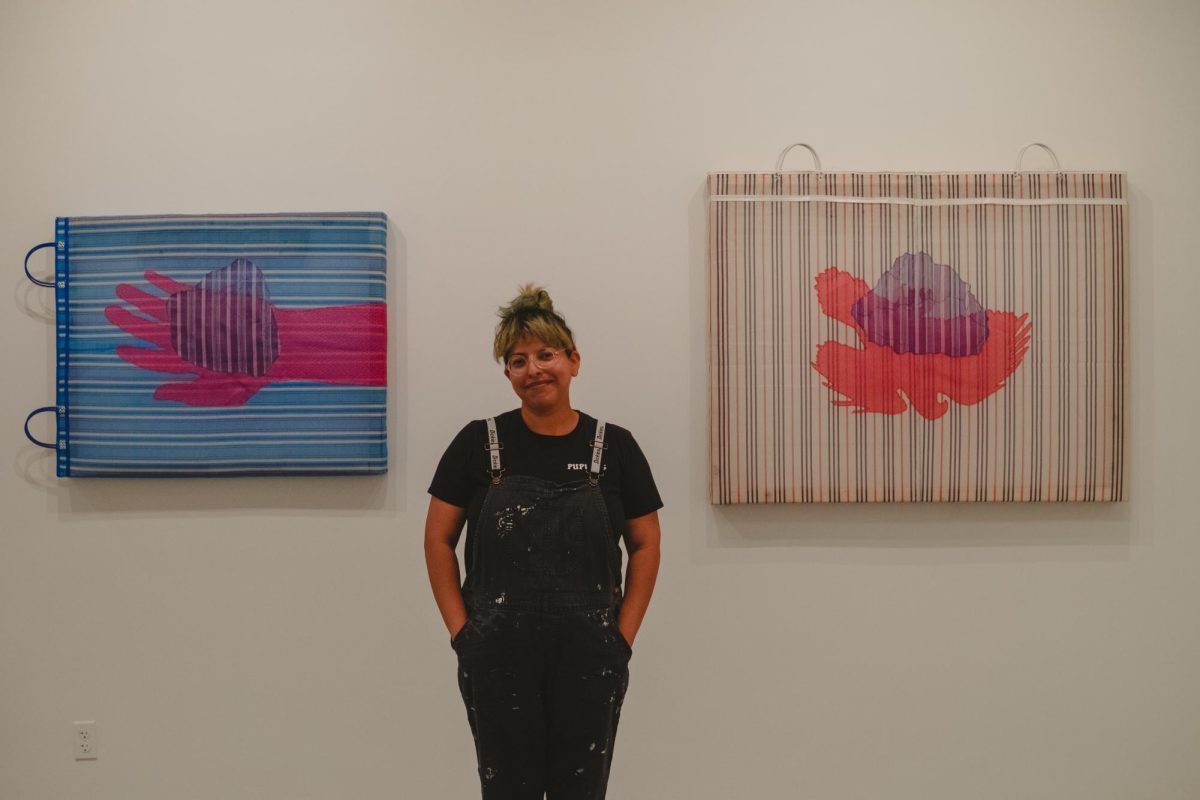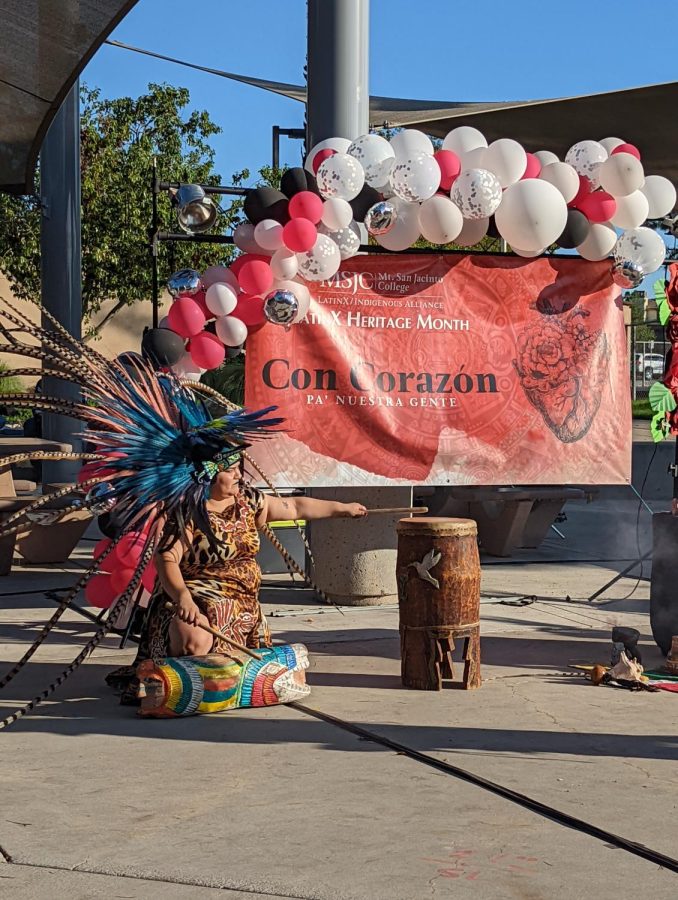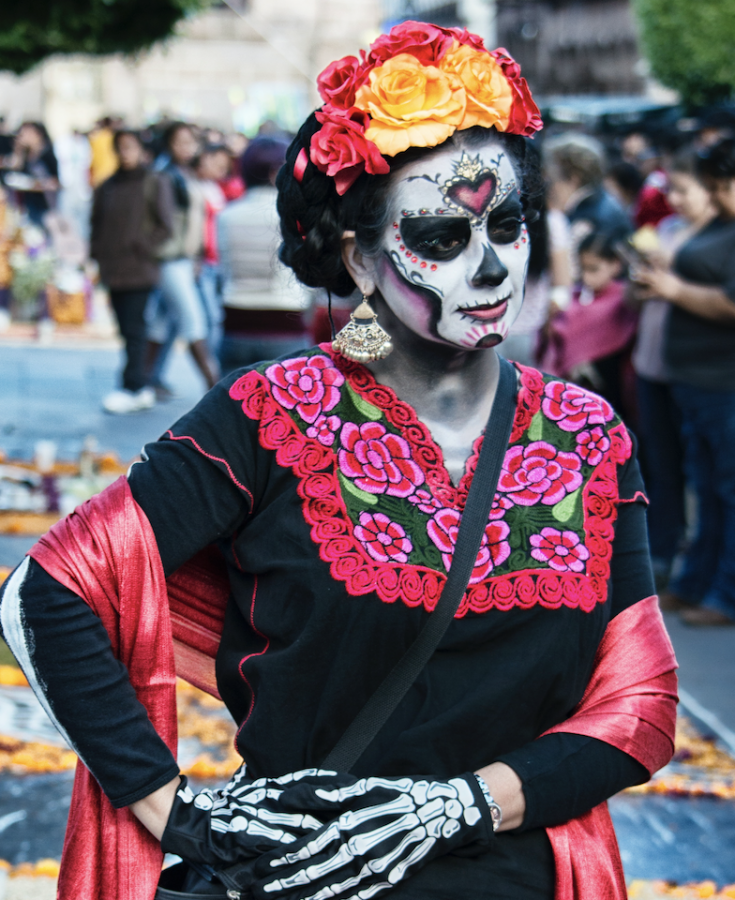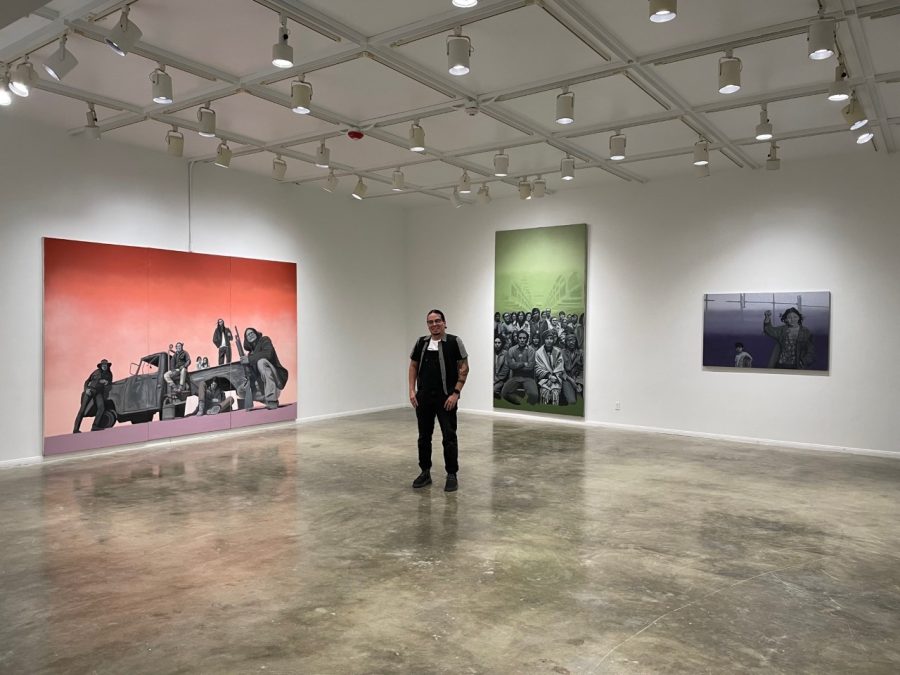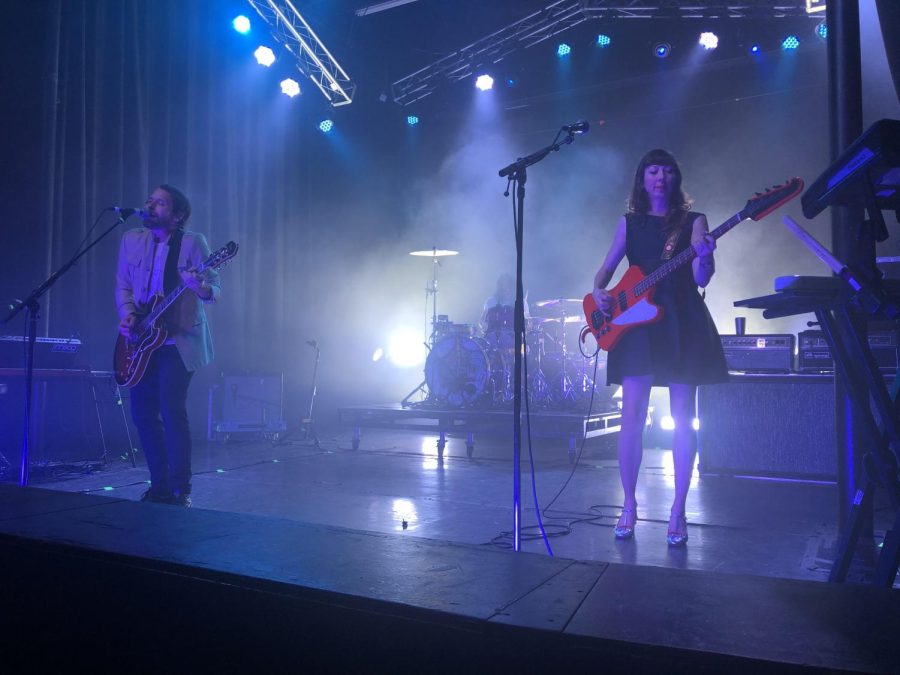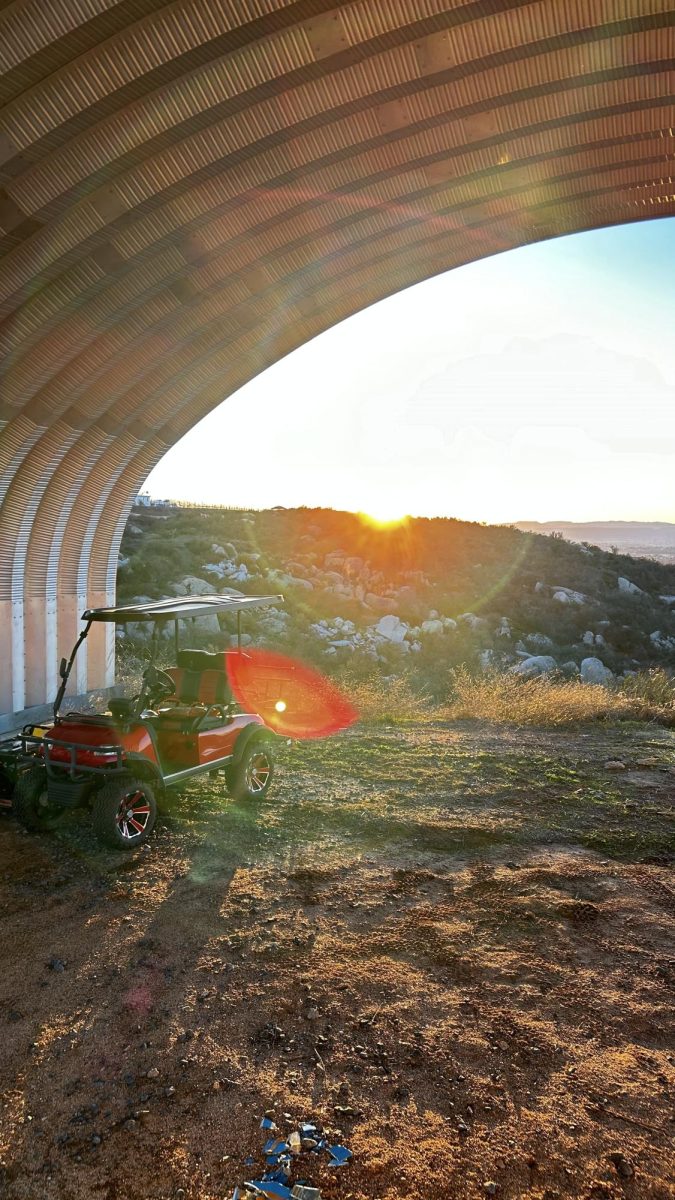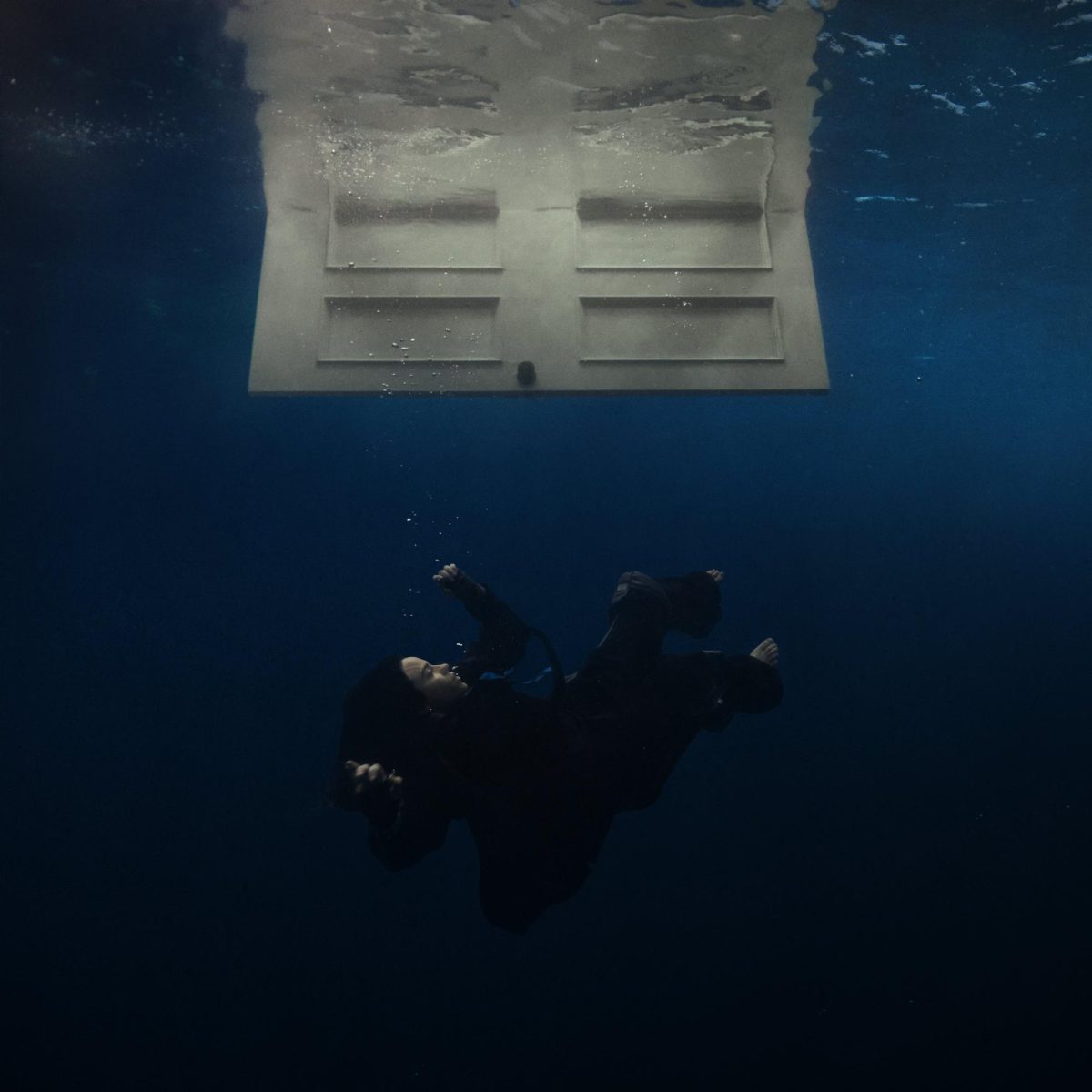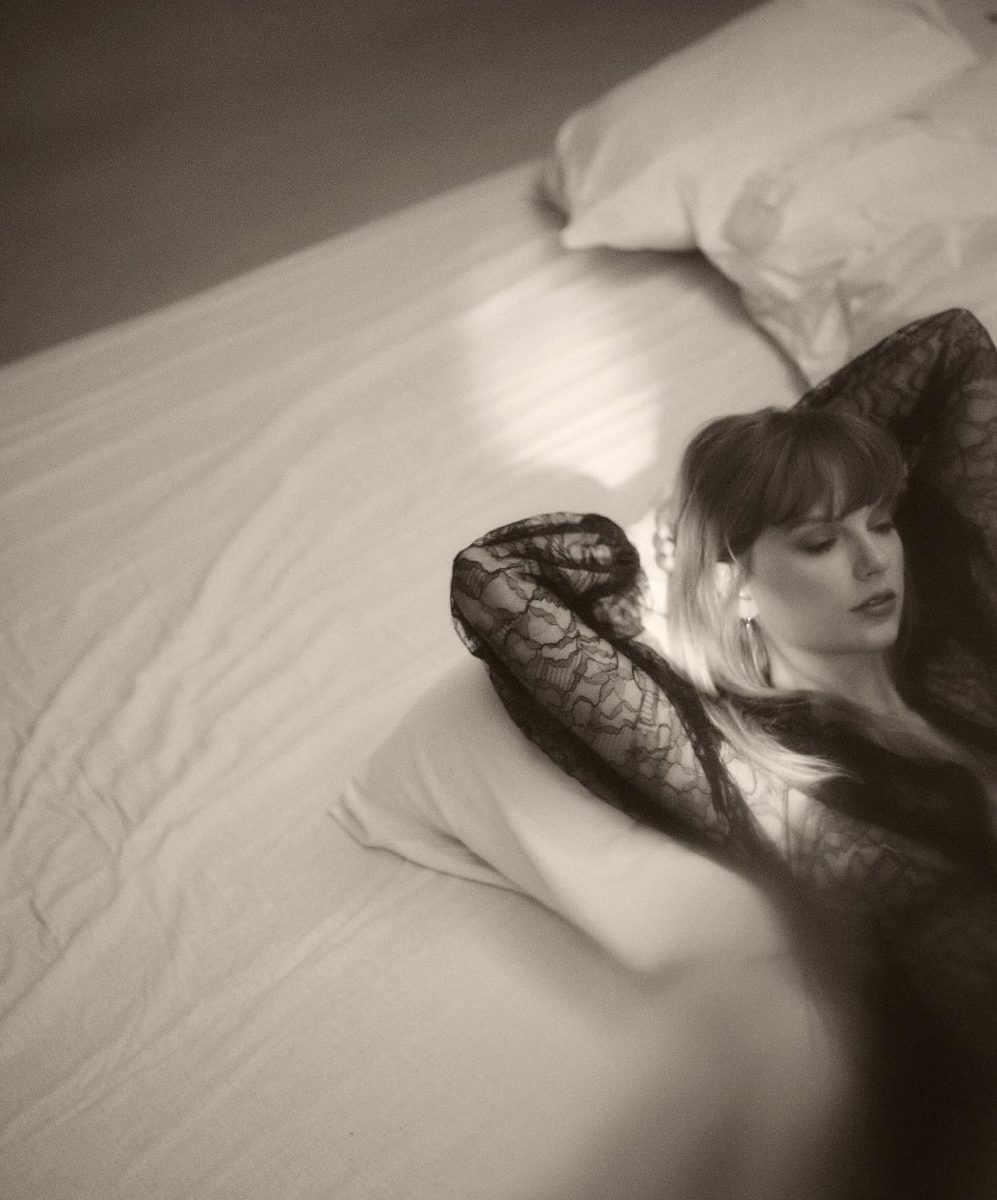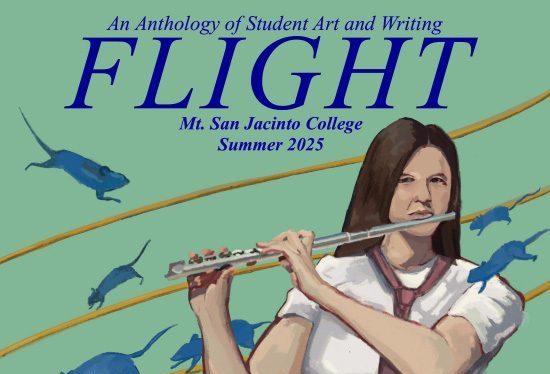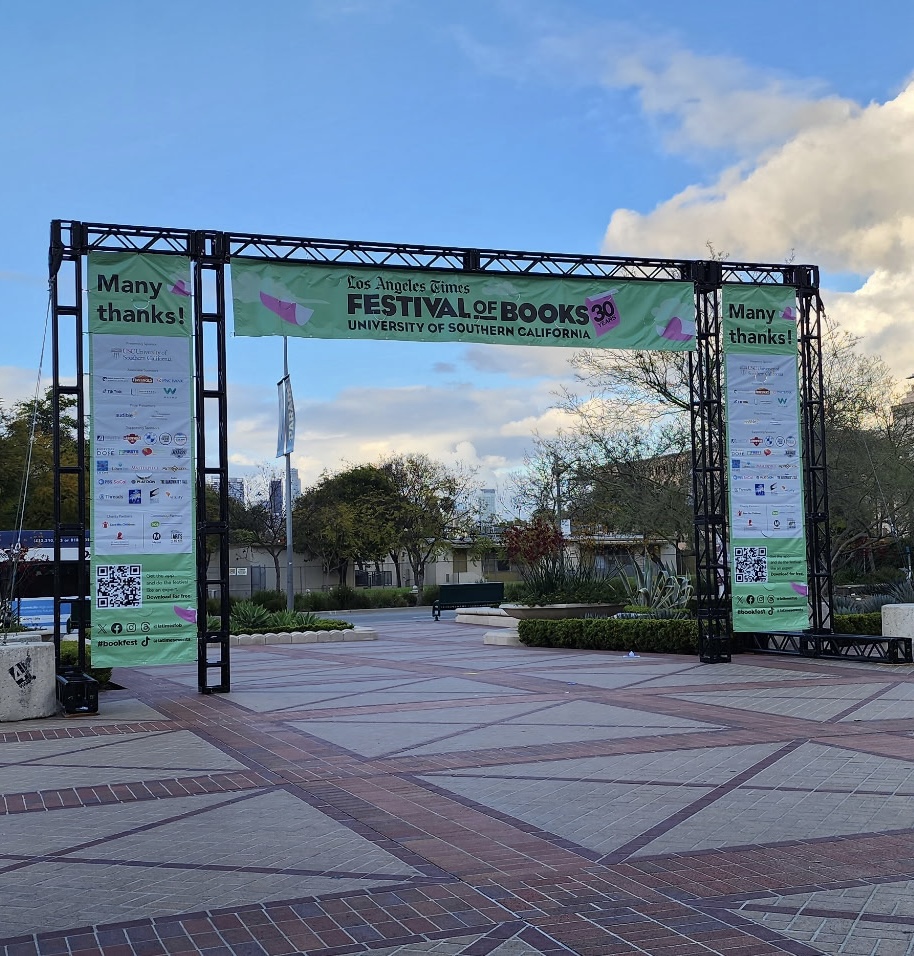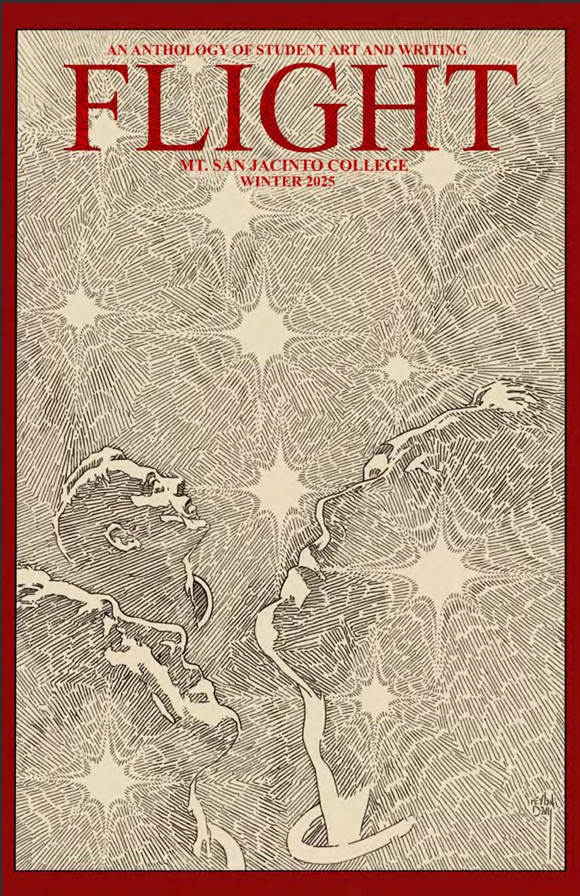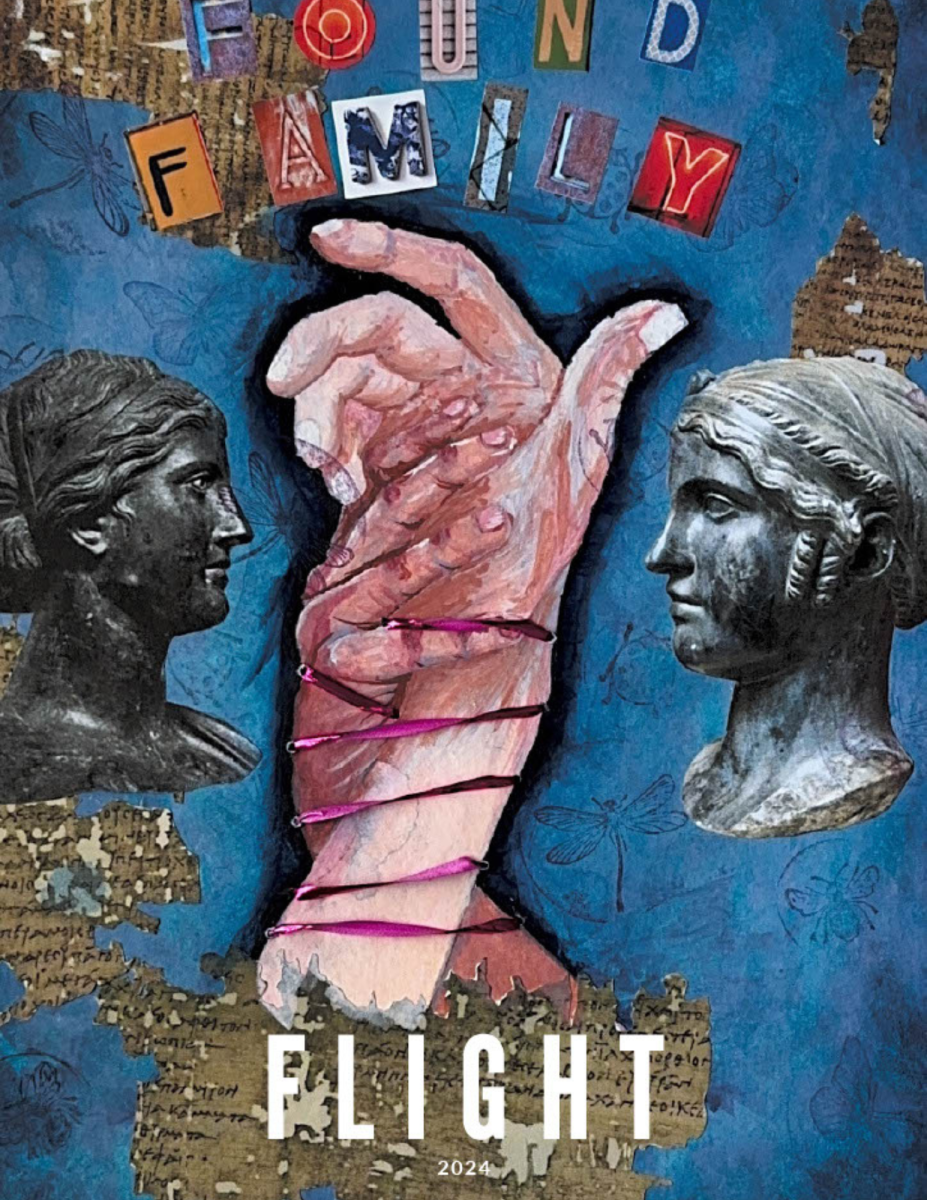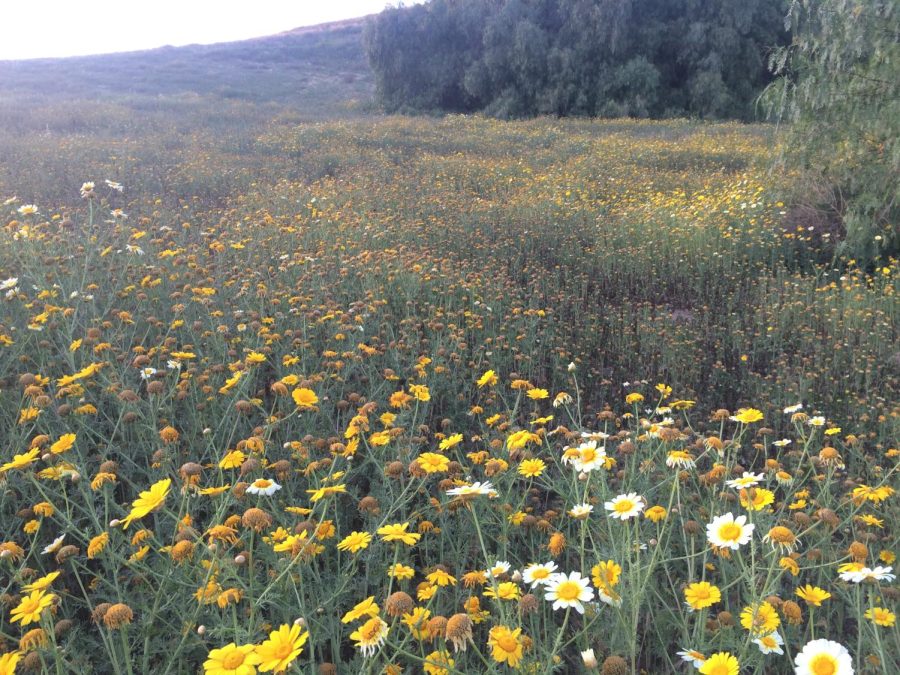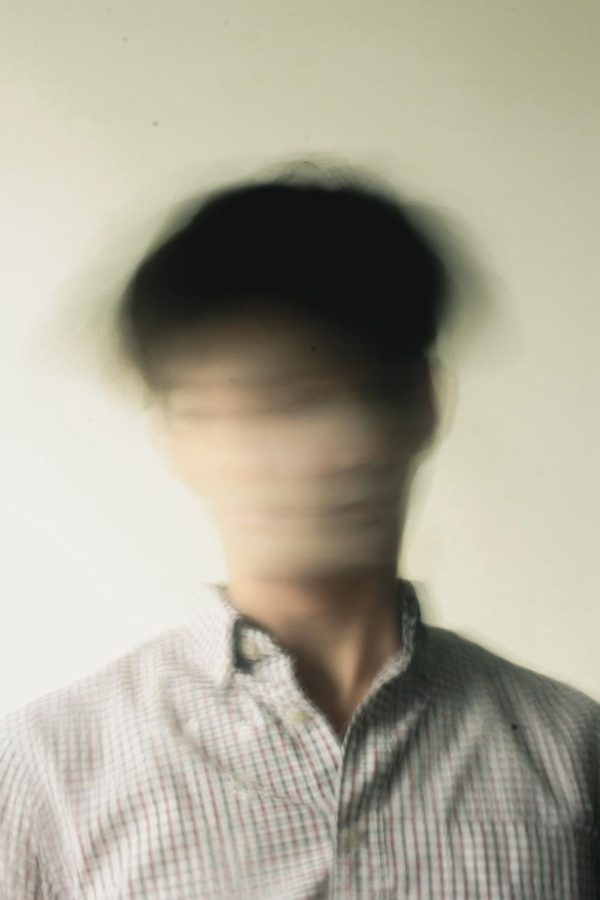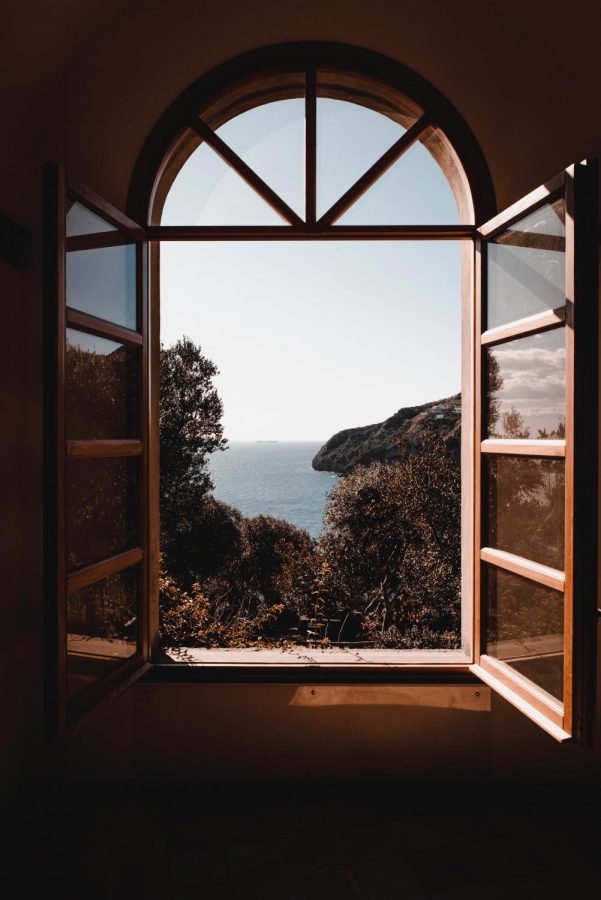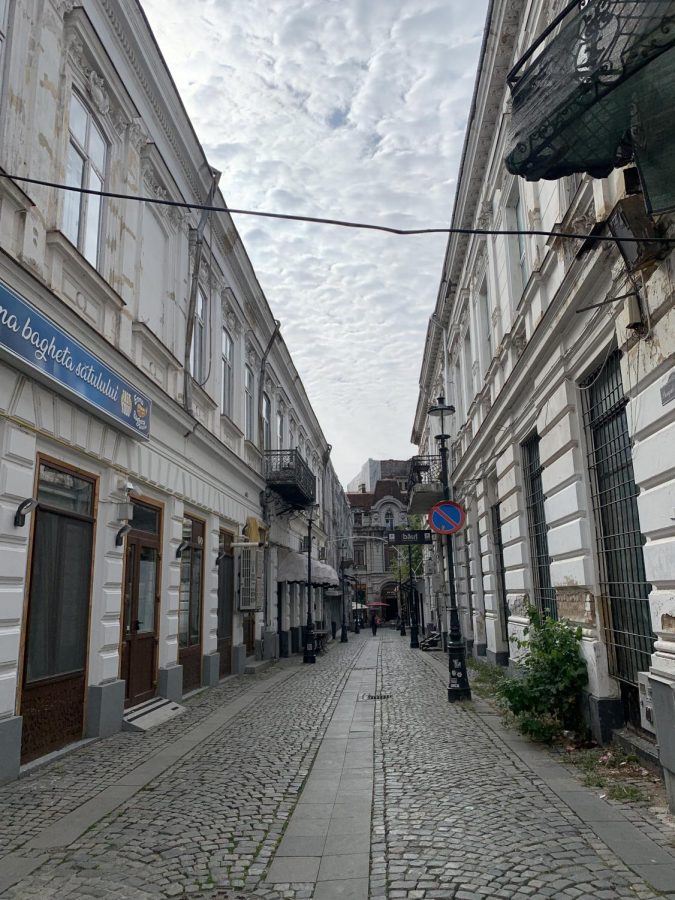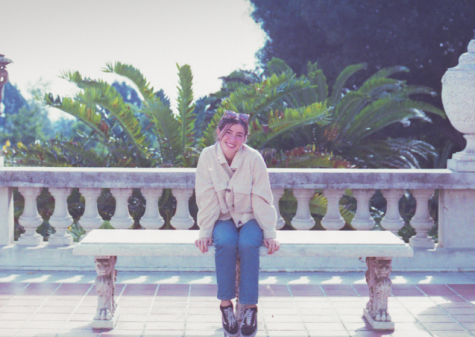Romania’s Paris: Bucharest
November 29, 2022
Many cities in Europe and throughout the entire world are known for their various attractions and cultures; New York has the Empire State Building, Paris has the Eiffel Tower, London has the London Eye, and so on. However, it is just as interesting when a city is known for its qualities that resemble other places. Bucharest, Romania has been nicknamed the “Paris of Eastern Europe” and “Little Paris.” Arguably, its complete, juxtaposing architecture and design represents a clash of beliefs from their history.
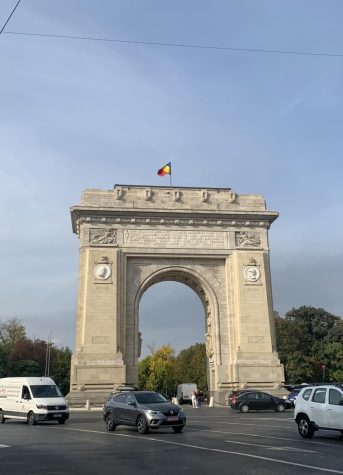
Romania is an Eastern European city with an estimated population of almost nineteen million people. Just southwest of Ukraine and east of Hungary, Romania has a rich history and many unique qualities. Romania’s capital, Bucharest, is the hub of city life, economics and politics. It has a combination of various architectural styles that have created an interesting reputation for the country.
One of the most obvious reasons Bucharest resembles the most visited city in France is because of its Arcul de Triumf in Bucharest, modeled similarly to the Arc de Triomphe in Paris. The Arcul de Triumf, built in the early twentieth-century, was created to symbolize Romania’s WWI triumph and the unification of Romania on Great Union Day on Dec. 1, 1918 (“Arcul de Triumf”). It is now a well-known monument to visit within the capital city of Romania. When comparing the Parisian and Romanian arches, it is evident that there is some Parisian inspiration to architecture in Bucharest. The arch, tall amongst a busy roundabout, is not just a common site to see in France. The chiseled structure stands out, however, with the blue, yellow, and red Romania flag waving at the top.
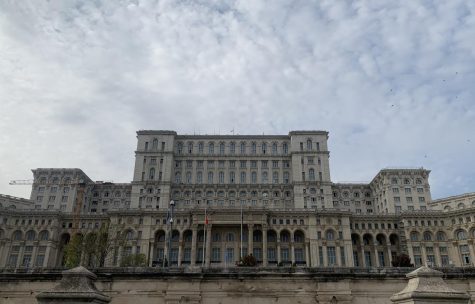
Several miles away from the Arcul de Triumf stands the Palace of the Parliament. From one monument to another, there seems to be a shift in architecture. As the second largest administrative building in the world, the Palace of the Parliament, was built in the mid 1980s by dictator Nicolae Ceaușescu. What was once the ornate home to Ceaușescu and his family is now the building for Romania’s parliament, as well as a museum inside (“Palace of the Parliament”). It is seen with a harsh contrast compared to the whimsical designs of the triumphal arch. The rectangular shape of the massive building represents a historical time under communism in the socialist Eastern European country. The rectangular layers of the immense building appear both daunting and of authority. The sheer size reflects the communist ideals that were intended to be represented by the building.
The blend of the typical Parisian, Haussmann architecture, the traditional Romanian architecture, and the coarse communist styles of the buildings is present throughout the city. With the Great Union of Romania in 1918, the capital of Bucharest was built between two world wars. According to Britannica’s article on Romania, by Ernest Latham and others, “Romania was occupied by Soviet troops in 1944 and became a satellite of the Union of Soviet Socialist Republics (U.S.S.R.) in 1948. The country was under communist rule from 1948 until 1989” (Latham et. al). Communism was maintained in Romania for decades. There was previously inspired architecture from Byzantine and Ottoman influences, yet following this several decade period came World War II. This illustrates the communist countries, beliefs, and regions, based on other established capitals in Europe.
Throughout the 20th and 21st century, Bucharest has seen continuous implementation of diverse architecture that has created what is shown today: a collage of periods in Romanian history strung together. A bank with prominent Parisian architecture may be just one block away from a traditional old monastery with more Romanian features to it. Overall, the beautiful and complex country can be seen through the vast landscapes, but also within the busy city of Bucharest. Although entirely unique, Bucharest still has some charm as Romania’s own Paris.
Sources:
“Arcul De Triumf (Arch of Triumph) in Bucharest, Romania.” World War One Sites – The Networld Database, https://ww1sites.eu/index.php?id=35&tx_wwicaheritage_caheritage%5BcaHeritage%5D=20&tx_wwicaheritage_caheritage%5Baction%5D=show&tx_wwicaheritage_caheritage%5Bcontroller%5D=CaHeritage&cHash=b8887205dd39ed70472ff5e142005ede.
Bird, Michael, and Vlad Odobescu. “Architects of the Extreme.” The Black Sea, 7 Sept. 2018, https://theblacksea.eu/_old/mirror/theblacksea.eu/stories/article/en/romania_extreme_architecture.html.
Latham, Ernest, et al. “Romania.” Encyclopædia Britannica, Encyclopædia Britannica, Inc., https://www.britannica.com/place/Romania.
“Palace of the Parliament.” Rolandia, Rolandia, https://rolandia.eu/en/blog/places/palace-of-the-parliament.

